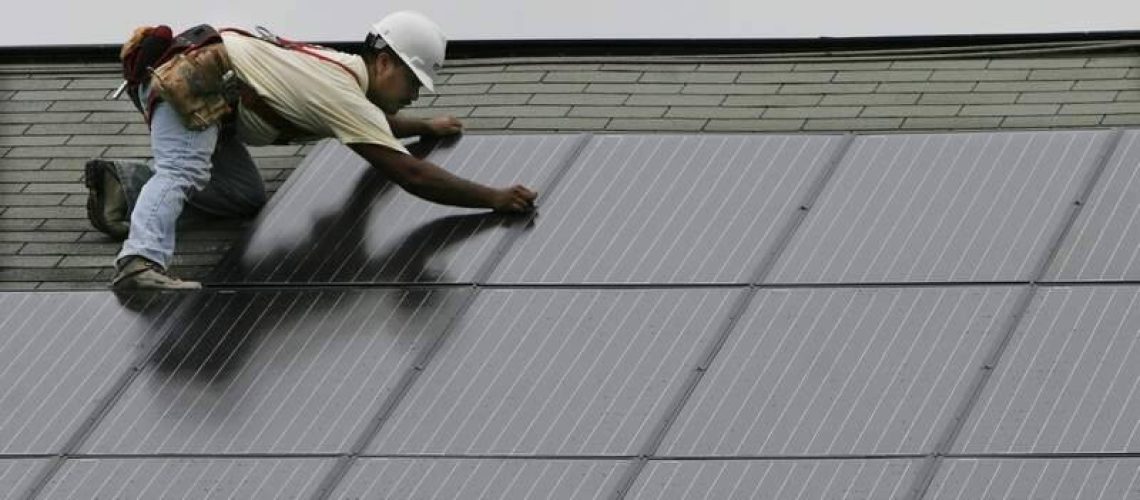When my daughter was less than one month old, I awoke to the sound of sirens and chaos in Santa Rosa, and will never forget opening my door to a wall of fire.
Only a few miles away, Coffey Park residents had seen their entire neighborhood levelled in a matter of hours. While the Tubbs Fire wasn’t conclusively sparked by utility equipment, PG&E nonetheless chose to settle with Tubbs Fire victims and survivors, including them within a massive $13.5 billion settlement with victims of fires started by faulty PG&E utility equipment.
The Tubbs Fire and California’s other extreme wildfires have made it clear that our energy grid needs to become more resilient and localized, reducing the need for utility wires and grid infrastructure that have sparked so much devastation across the state.
I began my career in the solar industry in 2000 during the opening days of the California Electricity Crisis, when the solar industry was small enough to fit almost all of us into a single conference center.
By 2003, the crisis had ballooned to cost the state over $40 billion – an entirely avoidable loss had we had the right policies in place. The California Solar Initiative was launched shortly after this as a new and innovative program to diversify and hedge against future energy crises and climate change.
Today, the solar industry has flourished across the globe. Entrepreneurs, contractors, and homeowners from all income levels have benefited enormously from solar power. Solar panels, battery storage, and electric vehicles are clean and established technologies that take the power away from polluting utilities and allow each of us to produce our own power and help us do our part to contribute to a better future for our children.
Yet despite these facts, much like in 2000, an energy behemoth once again aims to manipulate markets and stymie competition through stealthy policies, only this time it isn’t Enron: it is PG&E.
Utilities like PG&E are attempting to disincentivize rooftop solar and make it less affordable for working Californians. PG&E is focused on protecting their market share, which shrinks every time a homeowner or business chooses to produce their own energy.
That’s why utilities have been lobbying the California Public Utilities Commission (CPUC) to slash Net Energy Metering (NEM) benefits, which come in the form of financial credits to homeowners and businesses when they upgrade to solar.
NEM benefits are instrumental to keeping solar affordable and accessible to more people. Slashing these benefits would make it harder for middle-and low-income Californians to reap the rewards of solar, as well as schools, businesses, and nonprofits.
We would find our state hindered in our pursuits of the ambitious clean energy goals that have made California a world leader in the fight against climate change. It would turn back the clock to make us more dependent on outdated utilities that know they can no longer compete.
The Tubbs Fire, which destroyed so much of my community in 2017, is no longer the most destructive fire in California history. It was eclipsed by the 2018 Camp Fire in Butte County, which was sparked by faulty PG&E equipment and destroyed over 18,000 structures, and then again by the apocalyptic Dixie Fire.
We need clean, safe, localized energy solutions that aren’t dependent on an archaic grid being propped up through unscrupulous policies by a company responsible for billions in damages and scores of lives lost.
As we speak, leaders from around the world are stating their iron determination to forge a global pact in Glasgow to address climate change as an existential threat to our species.
The CPUC should follow this historic push and do their part by siding with Californians to protect the benefits that have allowed solar to be installed on over one million California homes and businesses, increasing our clean energy production and lessening our dependence on utility companies. The CPUC must send a message that utilities like PG&E don’t get to decide the future of energy in California.



